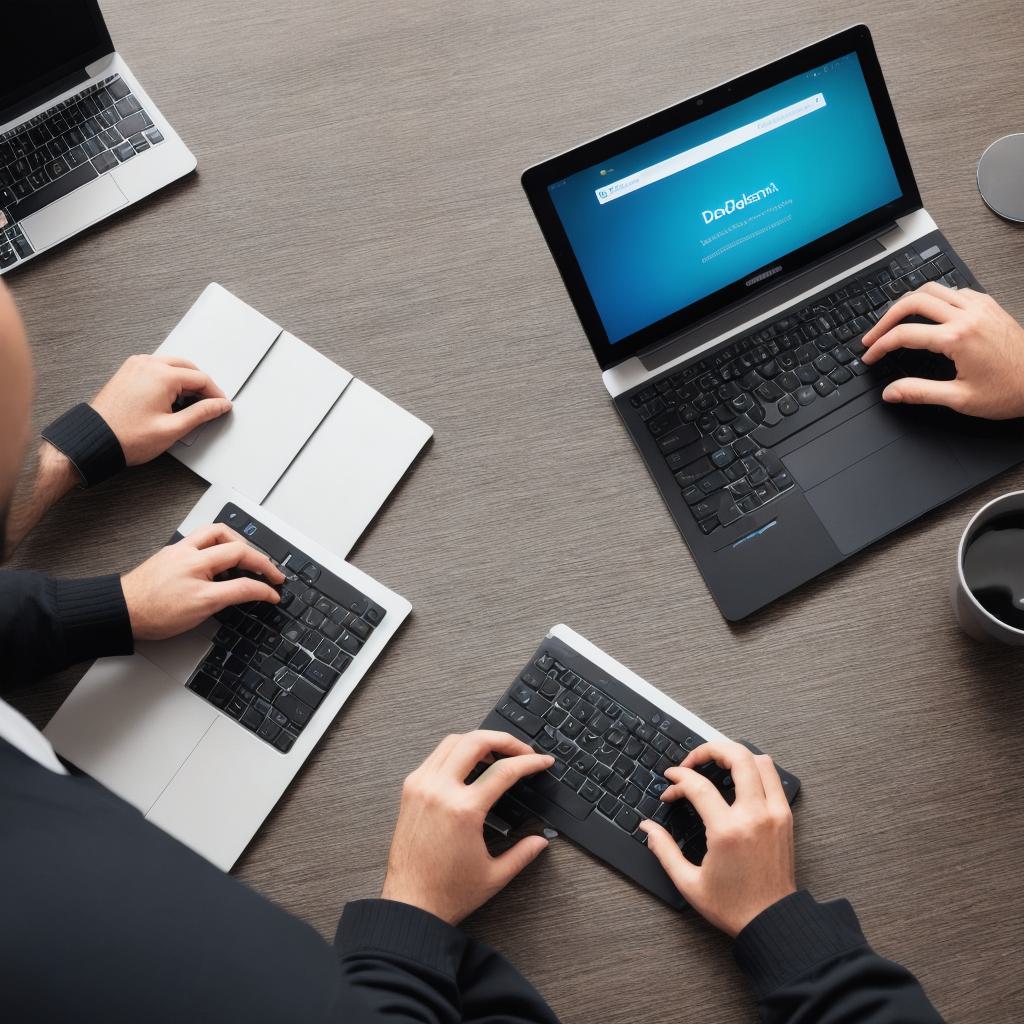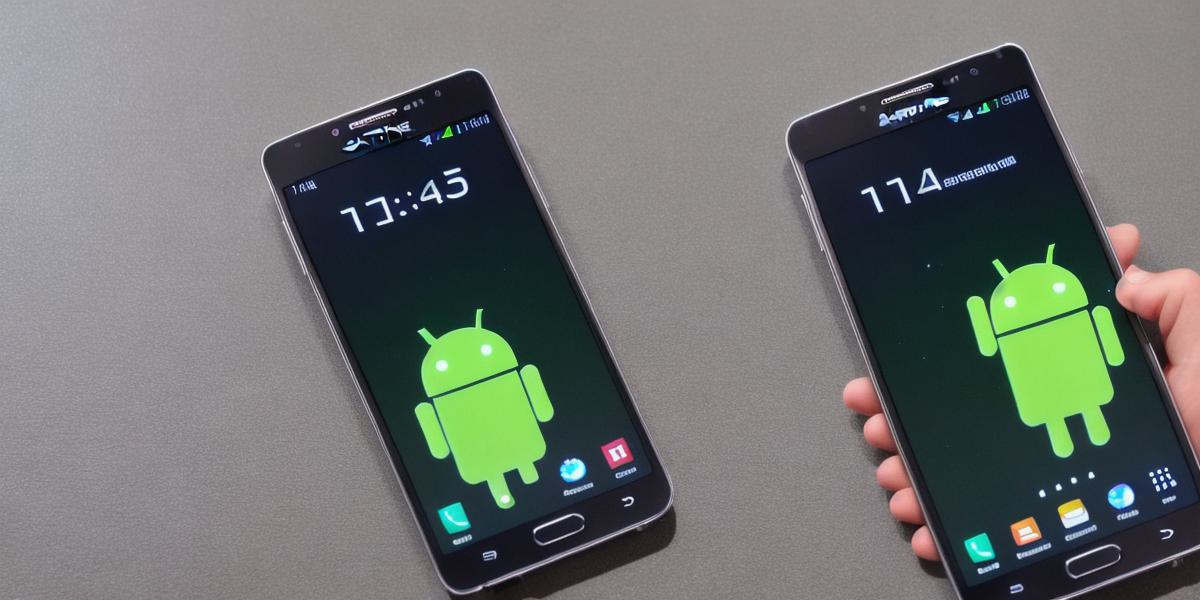Are you a budding android developer looking to expand your skillset and create innovative applications on Samsung’s powerful Galaxy Note 3? Look no further! In this article, we will take you through the step-by-step process of developing for Galaxy Note 3 with Android OS. We’ll cover everything from setting up your development environment to creating engaging and intuitive apps that users will love.
Getting Started: Setting Up Your Development Environment
The first step in developing for Galaxy Note 3 is to set up your development environment. This involves installing the necessary tools and software that you’ll need to create, test, and debug your apps. Here’s a quick overview of what you’ll need:
- Android Studio – Android Studio is Google’s official Integrated Development Environment (IDE) for android app development. It provides a comprehensive set of tools for designing, coding, testing, and deploying apps on the Android platform.
- Samsung SDK – The Samsung SDK includes a set of libraries and APIs that allow you to access the unique features of Galaxy Note 3, such as its stylus and camera.
- Java Development Kit (JDK) – Java is the programming language used for developing Android apps. You’ll need to have the JDK installed on your computer to write and run Java code.
- An Android device or emulator – To develop android apps, you’ll need an actual Android device or an emulator that can run the Android operating system.
Once you have these tools and software installed, you’re ready to start coding!
Designing Your App: Creating an Intuitive User Experience
The next step in developing for Galaxy Note 3 is to design your app. This involves creating a wireframe or mockup of your app’s layout and functionality, as well as designing any visual elements such as icons and graphics. Here are some tips for creating an intuitive user experience on Galaxy Note 3:

- Utilize the stylus – One of the key features of the Galaxy Note 3 is its stylus, which allows users to write and draw directly on the screen. Consider incorporating stylus functionality into your app, such as allowing users to sign digital documents or create custom graphics.
- Optimize for large screens – Galaxy Note 3 has a large, high-resolution display that can showcase your app’s visual elements in stunning detail. Make sure to optimize your app’s layout and graphics for this larger screen size.
- Use animations and transitions – Animations and transitions can help bring your app’s interface to life and create a more engaging user experience. Consider using these features to add visual interest and make your app stand out from the competition.
Developing Your App: Writing Code and Testing on Galaxy Note 3
Now that you have your design in place, it’s time to start writing code! Android development is based on Java, so if you’re already familiar with the language, you’ll be able to jump right into app development. Here are some tips for developing your app and testing it on Galaxy Note 3:
- Use the Samsung SDK – The Samsung SDK includes a set of libraries and APIs that allow you to access the unique features of Galaxy Note 3, such as its stylus and camera. Make sure to incorporate these features into your app to take full advantage of the device’s capabilities.
